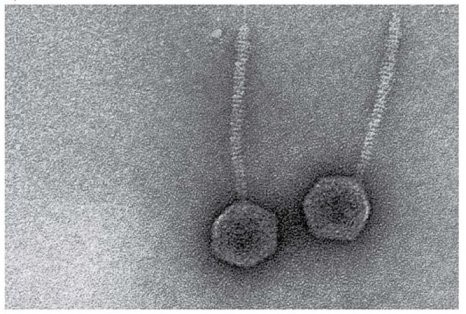What is the significance of the production of above-ground coralloid roots by cycads that have underground stems?
A. The roots grow in waterlogged soil and they need to protrude into the air in order to respire.
B. The branching of coralloid roots provides greater surface area for absorption of water.
C. It keeps roots above the ground where they cannot be attacked by parasitic nematodes.
D. The roots have mutualistic photosynthetic cyanobacteria that fix nitrogen for the cycad and the cyanobacteria can only survive if they are above ground where they are exposed to light.
E. The soil in which cycads live has a low pH that would kill the roots if they were completely below ground.
D. The roots have mutualistic photosynthetic cyanobacteria that fix nitrogen for the cycad and the cyanobacteria can only survive if they are above ground where they are exposed to light.
You might also like to view...
Microtubules and microfilaments differ with respect to each of the following except
A) size. B) occurrence. C) associated motor proteins. D) a state of dynamic instability. E) subunits.
 The acellular infectious agent in Figure 13.1 is most likely a (bacteriophage/prion/viroid).
The acellular infectious agent in Figure 13.1 is most likely a (bacteriophage/prion/viroid).
Fill in the blank(s) with the appropriate word(s).
Members of the genus ________ may cause epiglottitis and middle ear infections.
A. Pasteurella B. Haemophilus C. Salmonella D. Enterobacter E. Yersina
The goal of ________ is to identify each protein present in a given microenvironment at the time of sampling.
A. metagenomics B. both metagenomics and metaproteomics C. metaproteomics D. None of the choices are correct.